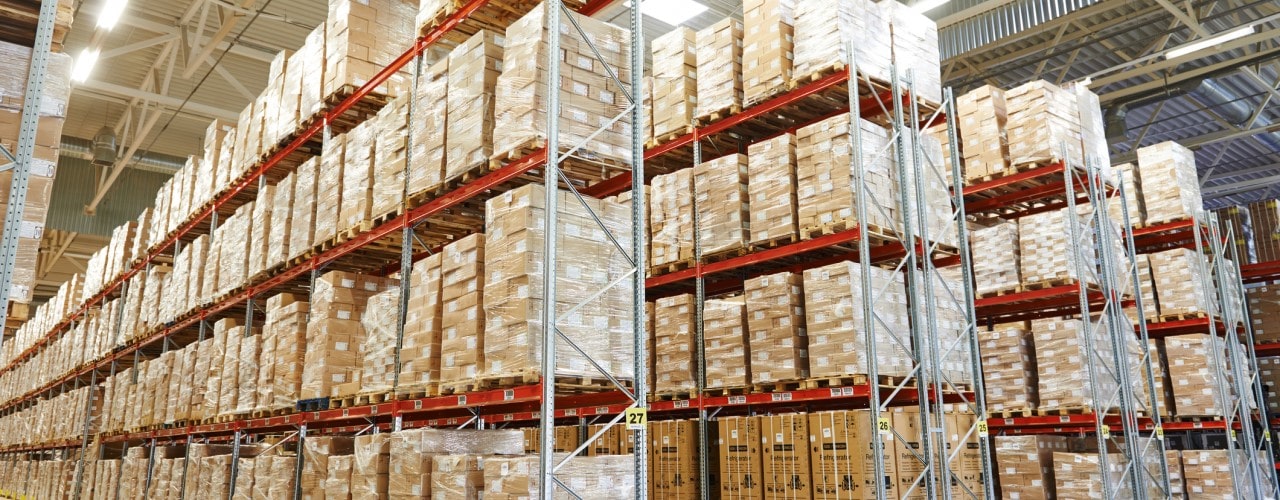What's in 'store' for warehousing this year? 6 trends for the future
Given the shifts in retail and consumer expectations over the past decade the warehouse has become a central control centre for many businesses. Changing e-commerce solutions and requirements, as well as a constantly lengthening supply chain have given warehousing crucial importance when it comes to meeting targets and delivering what customers really want. This perspective shift, alongside developments in technology, such as automated, and increased connectivity means that the future for warehousing is exciting. There are six trends in particular that are likely to have an impact on the way that the sector evolves.
- Priorities move from price to time. Fulfilment responsiveness is now an important priority and all the signs are that it is set to overtake price as a competitive differentiator. Surveys over the past four years have identified a common view that time to delivery will increasingly become the basis on which one business is selected over another.
- An increase in drop shipping. From retailers and manufacturers to 3PLs and wholesalers, drop shipping has already become a preferred choice as a result of the growth in direct to consumer and e-commerce sales. There are many clear advantages to this. For example, 3PLs can attract new business via retailers who are looking to outsource fulfilment and drop shipping offers the opportunity for sellers to establish direct links with consumers and increase profits margins.
- Prioritising the warehouse management system (WMS). Gone are the days when management of warehouses could be handled manually. Investment in WMS improves the efficiency of operations and presents opportunities for growth, especially where they integrate automation and provide a foundation for other technologies, such as AGVs and pick by voice systems.
- A new approach to the workforce. Attracting and retaining the right warehouse workforce is a big issue in the sector today. There are opportunities to use technology to fill skills gaps but we’re also likely to see businesses investing in people, from offering personal development opportunities and plenty of training to designing packages of increased benefits.
- Mastering reverse logistics will be key. Adapting to reverse logistics – handling returns – has already proven problematic for some businesses. This year, having robust systems in place is going to become increasingly important thanks to the increase in social selling. Shoppers who buy via social media platforms are much more likely to shop spontaneously – and to then look to return items. Instagram is already taking huge strides in facilitating direct purchasing and it’s expected that a fifth of returns will soon be generated by those purchasing via social platforms.
- Adapting to changing order patterns. We are increasingly seeing a trend towards high volumes of small orders and this will require a shift in picking methods. Batch pick and sort methods are likely to become more widespread as warehouses look to pick more quickly, simultaneously and to ensure that social and ecommerce orders are out of the door as fast as possible.
Warehousing is a changing industry and one that has a great deal of potential – these are just some of the ways in which the sector could shift this year.

Leave a comment